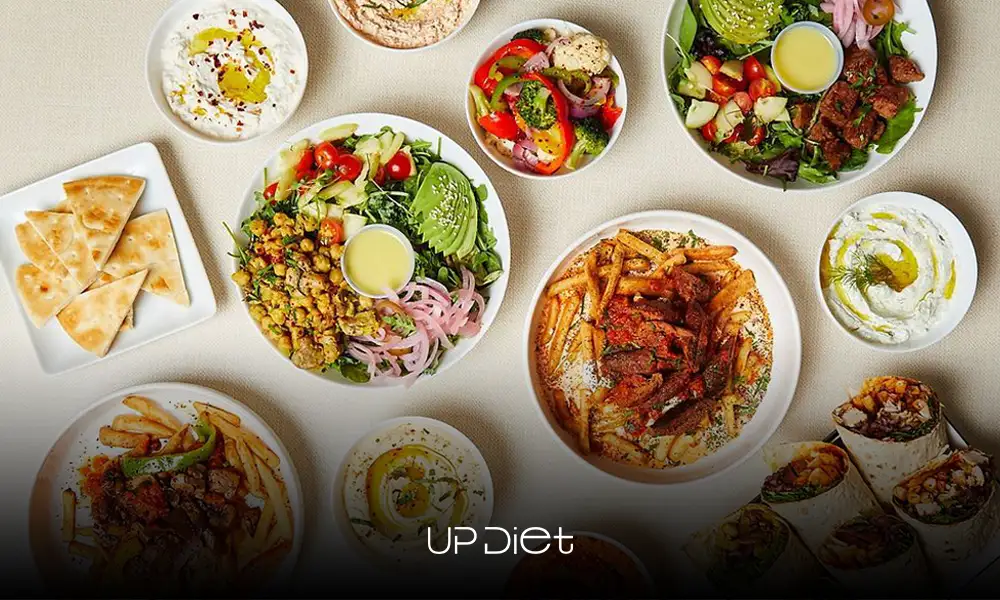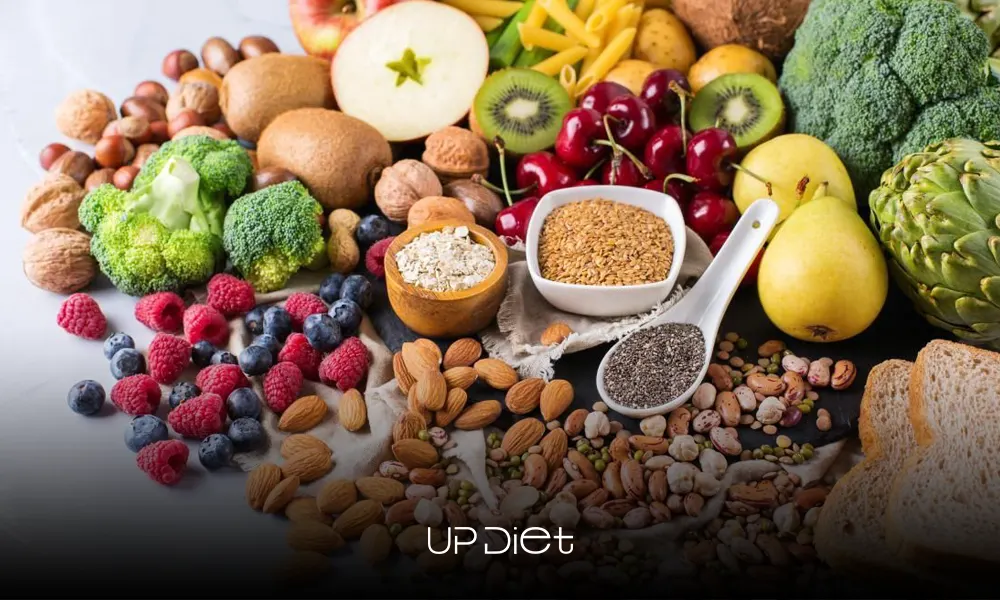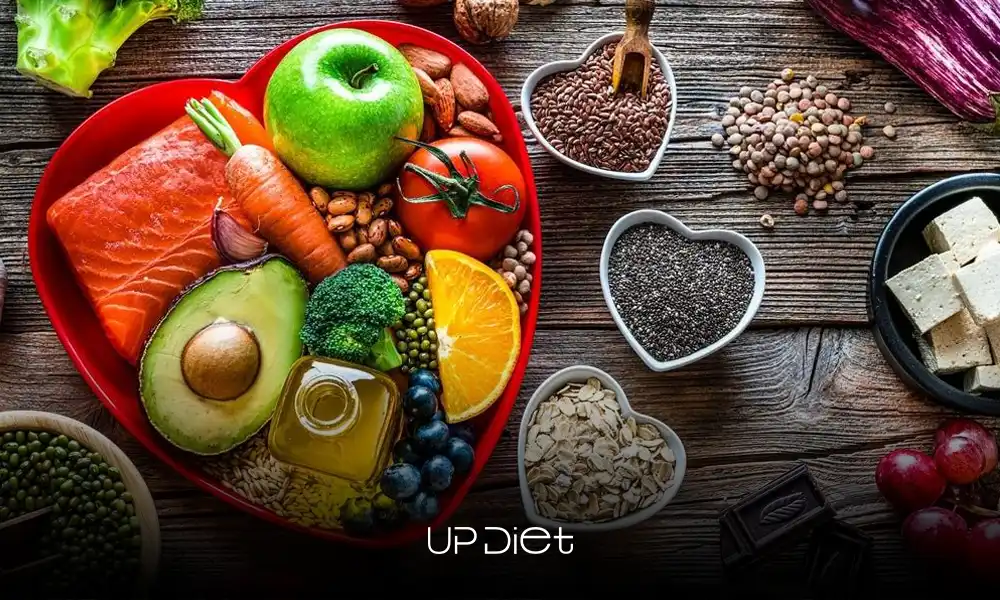Get a plan made for your unique body and goals
Beyond the Plate: The Impact of a Heart and Gut Healthy Diet

More and more people want a single nutrition strategy for long-term, full-body health today. Instead of trends that only target weight or cholesterol, we’re all looking for a holistic, more connected approach. That’s what a heart and gut healthy diet aims to do.
This article shows how one dietary pattern benefits both the heart and the gut, and how daily habits help those benefits last.
What Defines a Heart and Gut Healthy Diet

Research shows that plant-focused, whole-food diets can boost both heart and gut health. Here’s what that type of diet usually includes:
- Fiber-rich foods to nourish beneficial microbes
- Anti-inflammatory fats to balance the microbiome and reduce CVD risk factors
- Low-sugar, minimally processed, whole foods to improve metabolic and vascular health
- Fermented foods to introduce live microbes
Let’s see exactly how each group results in a stronger gut and/or heart.
How Diet Impacts Both the Heart and the Gut
A 2025 systematic review found that the link between diet and cardiovascular disease risk involves changes in the gut microbiota. When the microbiome shifts toward butyrate-producing bacteria (a short-chain fatty acid with multiple benefits), there’s a lower risk of heart disease.

Other mechanisms of a healthy heart and gut diet are:
- Lower inflammation: Plant-rich diets, such as Mediterranean-style patterns, reduce inflammation in blood vessels.
- Better lipid metabolism: Diets emphasizing healthy fats reduce LDL-C (bad cholesterol) and improve HDL-C (good cholesterol).
- Reduced cardiometabolic risk: Studies show lower rates of heart attack and mortality among people who regularly eat more fruits, vegetables, legumes, and fish.
- Gene-level improvements: Proper diet interventions can switch off genes linked with plaque build-up in arteries.
Core Food Groups for Heart & Gut Health
There’s no nutrients math, only pattern-based eating. Here’s what those patterns will look like in your grocery cart:
- Whole grains like oats, barley, and brown rice. They are excellent fiber sources for your gut microbiome.
- Beans, chickpeas, and lentils. Legumes are linked with lower mortality in a study of 130,000 people; don’t sleep on them.
- Salmon, sardines, and other oily fish they’re featured in heart-protective dietary patterns worldwide.
- Olive oil (especially extra virgin) reduces inflammation and improves lipids.
- Nuts are seeds; they will be your nutrient-dense fats to protect heart health.
- Fermented dairy and vegetables for daily consumption and support microbial diversity.
- Colorful vegetables for antioxidants; they have amazing effects in managing vascular stress.
- Berries are mainly associated with reducing the risk of heart attack (MI).
Practical Guidelines for Daily Eating

There are simple steps to turn research insights into real eating habits. Here’s an example of a heart- and gut-supporting daily checklist:
- Fill half your plate with leafy, colorful vegetables (preferably).
- Add 1-2 servings of fiber-rich foods, such as legumes or whole grains, to every meal.
- Use olive oil as the main cooking fat.
- Enjoy a small handful of unsalted, unsweetened nuts most days.
- Eat fish a couple of times per week.
- Include fermented foods regularly.
- Pair probiotics with fiber (yogurt and berries, kimchi and brown rice, etc.) to encourage good bacteria.
- Minimize ultra-processed and high-sugar choices.
You can also choose personalized nutrition providers, such as UpDiet, to receive precise guidance on these patterns and other lifestyle habits.
Final Thoughts
A balanced, thriving microbiome is gaining a reputation as a lever for long-term cardiovascular health. The right eating plan feeds beneficial bacteria, and these bacteria, in turn, manage inflammation and cardiometabolic risk. It’s a powerful loop that you can leverage starting today.
- In this post:
- What Defines a Heart and Gut Healthy Diet
- How Diet Impacts Both the Heart and the Gut
- Core Food Groups for Heart & Gut Health
- Practical Guidelines for Daily Eating
- Final Thoughts



